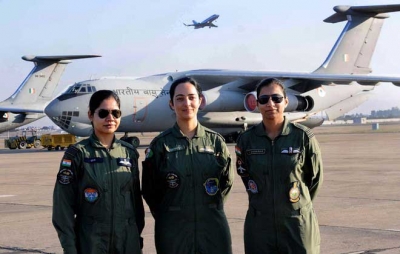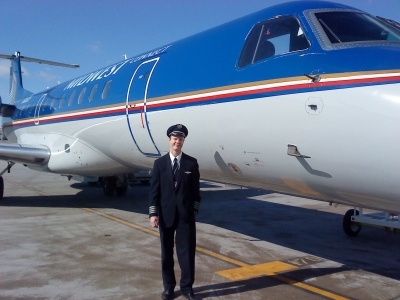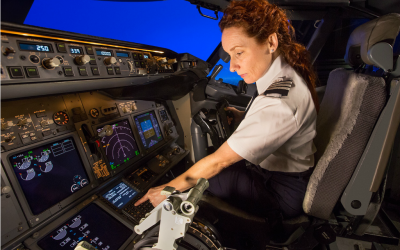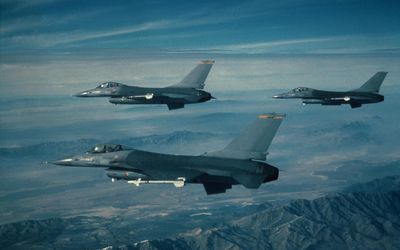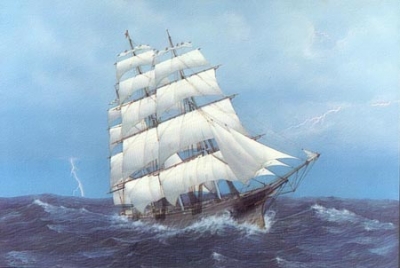
Clippers were 19th Century merchant sailing ships that sailed mainly between England and China, Australia and New Zealand. They were fast sailing ships, equipped with multiple square rigged sails supported by three masts. These ships gained in prominence because of the booming tea and opium trade between England and China. The route plied by these ships was called the clipper route.
The clipper route ran down the Atlantic Ocean, rounded the Cape of Good Hope and then went from west to east though the Southern Ocean. The ships took advantage of the Roaring Forties, the strong westerly winds that blow between the latitudes of 40 and 50 degrees in the southern hemisphere. It was the fastest route available between Europe and Asia before the opening of the Suez Canal. The ships would continue eastwards on the homeward journey from Australia and New Zealand along the Southern Ocean, sail around Cape Horn in South America and another 100 days from there back to England.
The ships plying the clipper route faced dangers like turbulent weather at Cape Horn and huge waves and icebergs in the Southern Ocean. However, ship captains still preferred the unsafe route as it offered fast passage.
The clipper route fell into disuse as a trade route with the opening of the Suez and Panama Canals. Moreover, streamships gradually phased out clippers. Though clippers were fast, their speed was largely determined by winds while streamships were more reliable in sticking to their schedules.
Today, the clipper route remains the fastest sailing route around the world. So it is popular with sailing enthusiasts, especially for modern circumnavigation attempts and yacht races like the Clipper Round the World Yacht Race and Volvo Ocean Race.
Picture Credit : Google


